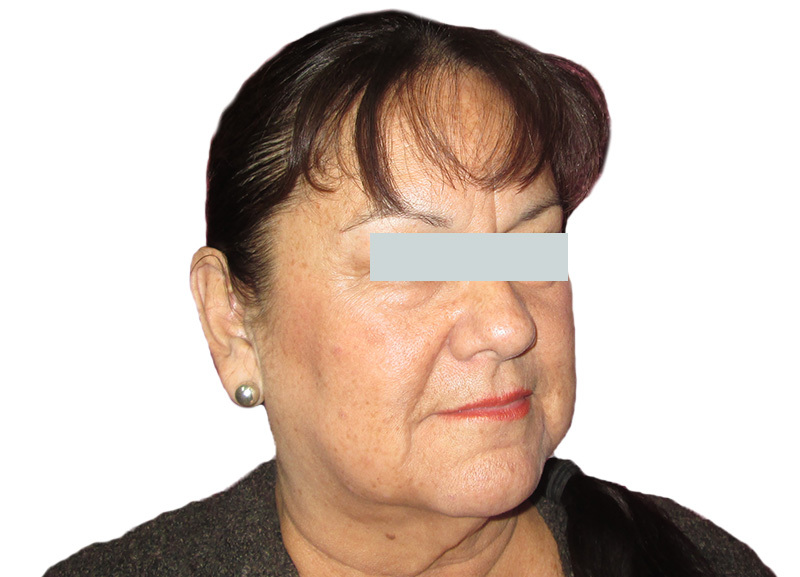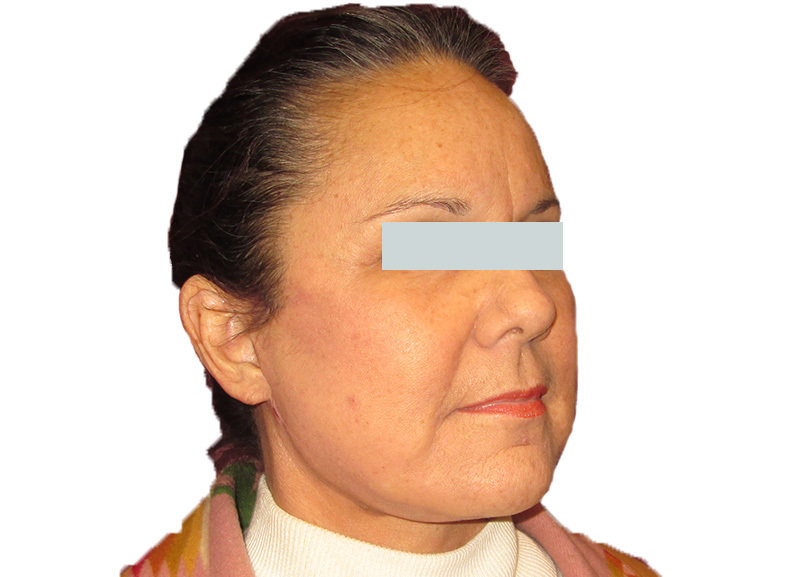What is a chemical peel?
A chemical peel can used for preventative and aesthetic treatments. Light peels can clear up precancerous skin lesions, during which your aesthetician/doctor will apply a Jessner’s Peel to lightly exfoliate the skin. Medium and deep peels will modify texture and wrinkles depending on depth.
What are the types of chemical peels?
There are three types of chemical peels-
- Superficial peel: A superficial chemical peel will remove the top layer of skin. Good for Pre-skin cancer prevention and refreshing with light texture change.
- Medium peel: A medium chemical peel will reach the middle layer of skin. Good for remodeling the texture of skin.
- Deep peel: A deep chemical peel will penetrate deep into the middle layer of your skin. Good for removing top layers of skin to reduce wrinkles and greatly improve texture.
Who is a candidate for a chemical peel?
Preventative Care: Chemical peels are typically used to treat patients who have actinic keratosis. Actinic keratosis is a precancerous skin condition that can lead to squamous cell carcinoma if not treated early. Peels can also treat Acne and control the sebum of skin while lightening lingering acne marks.
Aesthetic Care: Anyone looking to refresh and improve the appearance of the skin.
Chemical peels are NOT appropriate for patients who have:
- Warts on the face
- Open wounds of the face
- History of skin discoloration
- History of abnormal skin scarring
- Used specific acne treatments – advise your doctor on all medication you have taken so he or she can determine if a chemical peel is right for you (i.e. Accutane, etc)
Side Effects of a Chemical Peel
The most common side effects of a chemical peel include:
- Your skin will appear red and stay that color for up to a month- depending on depth
- Skin discoloration – your skin can darken or lighten
Benefits of a Chemical Peel
There are a variety of advantages of a chemical peel over other more invasive skin procedures. A deep chemical peel can be performed in a doctor’s office under local anesthesia. There is less scarring associated with chemical peels, and it is less costly than alternative treatments. Lighter peels will be performed by the Paramedical Aesthetician to prevent damage and correct texture.
What to Expect During a Chemical Peel
What to expect during a chemical peel will differ based on the type of chemical peel you need. If you have actinic keratosis, your Provider will likely perform a light to medium chemical peel. You may be given anti-viral and anti-inflammatory medications before the procedure depending on depth. Minimal discomfort can be expected from light to medium peels. Deep peels are typically administered under sedation so one may expect a “tightness” to the skin once awake.
Recovery from a Chemical Peel
Directly after the procedure, your care team will treat the treated area with lotion and a cold compress to aid healing. Your will be given detailed instructions on how to care for the treated area. Instructions include: application of topicals necessary post treatment, soaks necessary for skin and any medications prescribed by the provider. Restrictions will include avoidance of sun light and exercise while healing.
The recovery period for a chemical peel can take as long as two weeks. During the healing, besides peeling one can experience skin appearing red and swollen.





